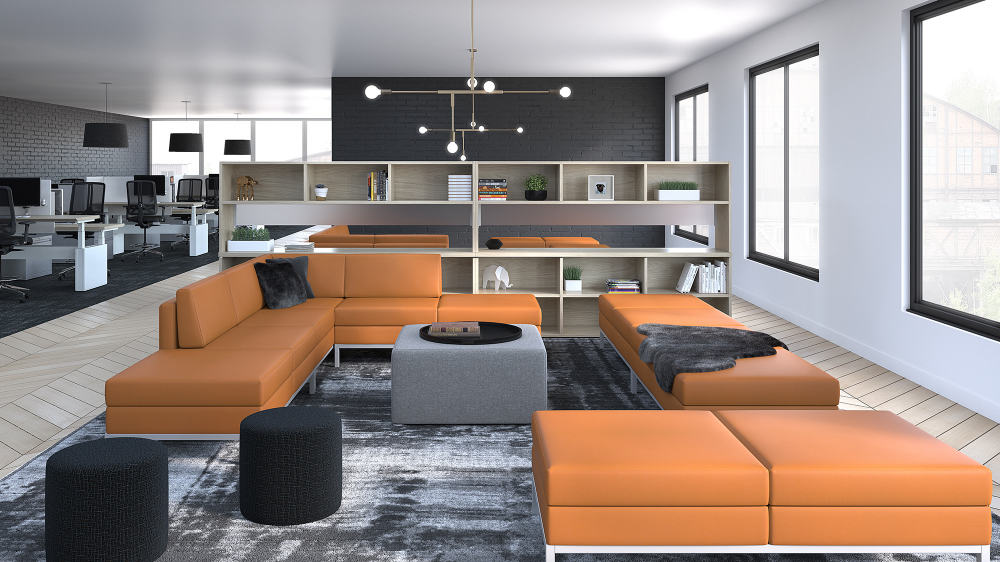Gen Z is changing the game in the workplace, and it’s not just about TikTok breaks or the latest tech gadgets. This generation expects their environment to be as flexible, inclusive, and high-performing as they are. If you want to attract, engage, and retain Gen Z talent, it’s time to rethink your approach to office interior design, commercial interior design, ergonomic furniture, and modular furniture. Let’s break down the essentials for creating a Gen Z-ready office that’s vibrant, wellness-focused, and future-proof.
Understanding Gen Z: What Drives Their Workspace Preferences
Gen Z, born between 1997 and 2012, is the first true digital-native workforce. They’re tech-savvy, collaborative, and value-driven. In office interior design, Gen Z looks for spaces that offer choice, flexibility, and the ability to personalize their workday. They want to move seamlessly from focused solo work to energetic team sessions, and they expect commercial interior design to reflect their priorities: sustainability, wellness, inclusivity, and connectivity.
This generation expects more than a desk and a chair. They crave ergonomic furniture that adapts to their bodies, modular furniture that adapts to their tasks, and a workspace that feels like a community hub, creative studio, and wellness center all in one.
The Power of Modular Furniture in Gen Z Office Interior Design
Modular furniture is the backbone of modern office interior design for Gen Z. Unlike traditional fixed setups, modular furniture allows for easy reconfiguration, supporting everything from spontaneous brainstorming to quiet focus. In commercial interior design, modular furniture systems like height-adjustable desks, collaborative tables, and movable lounge seating empower Gen Z employees to shape their environment on the fly.
This flexibility isn’t just a perk—it’s a necessity. Gen Zers want to personalize their space, collaborate on the go, and switch between work modes without missing a beat. Office interior design that prioritizes modular furniture sends a clear message: you trust your team to work how, where, and when they do their best.
Ergonomic Furniture: Wellness at the Core
Wellness isn’t a buzzword for Gen Z—it’s a baseline expectation. Ergonomic furniture is a must in any office interior design or commercial interior design strategy targeting this generation. Height-adjustable desks, ergonomic chairs, and supportive lounge seating are non-negotiable. These pieces reduce fatigue, prevent injuries, and keep energy high throughout the day.
Gen Z values movement and autonomy. Ergonomic modular furniture lets them alternate between sitting and standing, adjust their setup for comfort, and avoid the physical strain that comes from static, one-size-fits-all workstations. In a Gen Z-friendly office, wellness is woven into every design choice.
Tech-Integrated Spaces: Digital-First by Design
Gen Z expects their office interior design to be as smart as their phones. Commercial interior design for this generation means seamless technology integration: high-speed Wi-Fi, wireless charging, smartboards, and video conferencing tools are standard. Modular furniture with built-in power, USB ports, and cable management keeps the space clutter-free and connected.
Interactive digital walls, booking systems, and collaboration apps make it easy for Gen Z to connect, create, and innovate. Office interior design that puts technology at the center not only boosts productivity but also attracts top Gen Z talent who want to work in a space that matches their digital lifestyle.
Collaboration Zones and Quiet Pods: The Balance Gen Z Craves
Gen Z thrives in environments that offer both collaboration and privacy. Open-plan layouts with modular collaborative tables and lounge seating foster teamwork and social interaction. At the same time, quiet pods, acoustic panels, and modular partitions provide spaces for deep focus and respite from the buzz.
Commercial interior design for Gen Z must balance “we” spaces for group work with “me” spaces for solo tasks. Modular furniture makes it easy to switch between these modes, creating a dynamic office interior design that supports every work style and personality.
Wellness and Biophilic Design: Spaces That Care
Wellness is a core value for Gen Z, and office interior design must deliver. Modular lounge chairs, relaxation areas, and wellness pods give employees a place to recharge. Biophilic elements—plants, natural light, and eco-friendly materials—are essential in both office interior design and commercial interior design.
Ergonomic furniture in these wellness zones ensures comfort, while modular furniture allows for easy reconfiguration as needs change. Gen Z wants to work in spaces that support mental health, reduce stress, and foster a sense of belonging. The right design choices make this possible.
Sustainability and Inclusivity: The Gen Z Standard
Sustainability is non-negotiable for Gen Z. Office interior design and commercial interior design must feature modular furniture made from recycled, low-emission, or sustainably sourced materials. Energy-efficient lighting, green walls, and eco-friendly finishes show a commitment to the environment.
Inclusivity is equally important. Modular furniture systems should accommodate all abilities, with adjustable heights, clear pathways, and accessible workstations. Gender-neutral bathrooms, prayer rooms, and culturally sensitive spaces reflect Gen Z’s values and make everyone feel welcome.
Personalization and Choice: Empowering Every Employee
Gen Z wants to shape their own work experience. Office interior design that offers a “kit of parts”—modular desks, lockers, stacking chairs, and movable tables—lets employees choose where and how they work. Commercial interior design should support hot desking, flexible seating, and spaces for both collaboration and solitude.
Personalization is a driver of engagement and satisfaction. Modular furniture empowers Gen Z to create a workspace that reflects their identity, preferences, and needs.
Key Takeaways
- Office interior design for Gen Z must prioritize flexibility, wellness, and technology integration.
- Commercial interior design should balance collaboration zones with quiet pods, supporting every work style.
- Modular furniture—including height-adjustable desks, collaborative tables, lounge seating, and personal storage—empowers Gen Z to shape their environment.
- Ergonomic furniture is essential for comfort, movement, and long-term health.
- Sustainability, inclusivity, and personalization are non-negotiable in Gen Z-friendly office design.
- Smart, tech-integrated spaces attract and retain Gen Z talent.
- Biophilic elements and wellness zones support mental health and productivity.
- Gen Z expects choice and autonomy in how and where they work.
- Modular furniture allows for quick adaptation as needs and teams change.
- The best office interior design systems for Gen Z create a sense of community, creativity, and purpose.
Designing for Gen Z: The New Standard
The future of work belongs to offices that flex, adapt, and inspire. By embracing office interior design, commercial interior design, ergonomic furniture, and modular furniture, organizations can create environments where Gen Z feels empowered, engaged, and ready to lead. When design puts people first, the workplace becomes a community where everyone can thrive—and where the next generation of talent wants to be.
Frequently Asked Questions (FAQ):
How does office interior design impact patient care in healthcare settings?
Office interior design shapes the environment where care happens, influencing patient comfort, stress levels, and recovery rates. Thoughtful layouts, soothing aesthetics, and modular furniture all contribute to a better patient experience.
Why is ergonomic furniture important for healthcare employees?
Ergonomic furniture reduces physical strain, prevents injuries, and supports long shifts, helping healthcare employees stay focused, healthy, and productive.
What makes modular furniture essential in healthcare commercial interior design?
Modular furniture allows spaces to be reconfigured quickly and efficiently, supporting changing needs, new technologies, and evolving patient care models.

